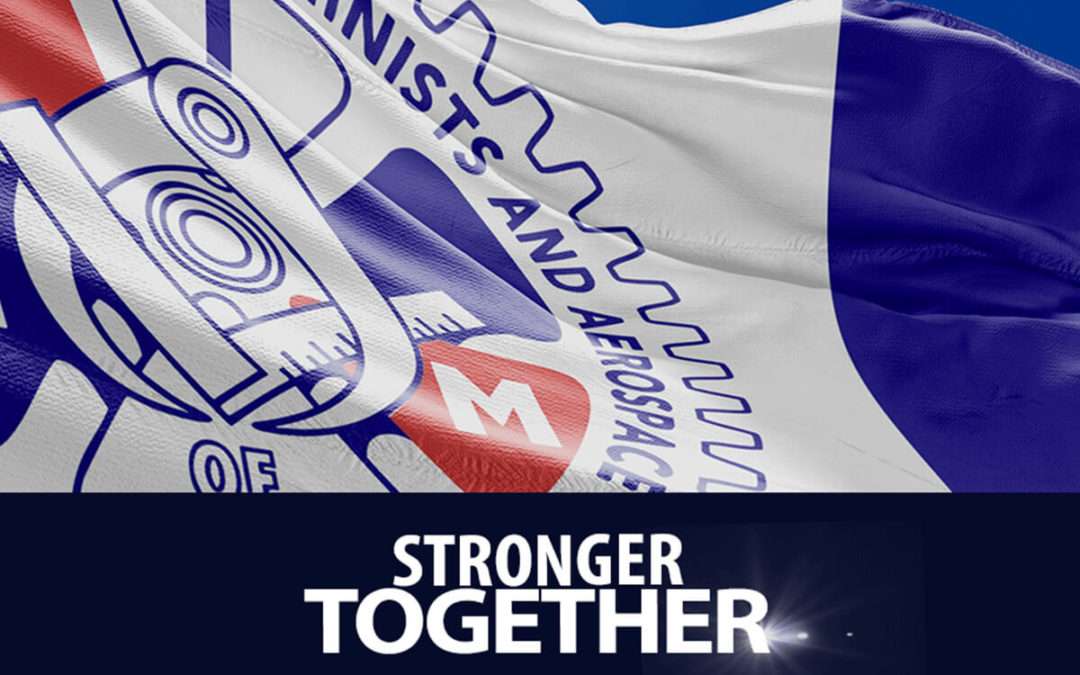
by Eric Price | Jun 12, 2025 | Education, Featured News, Front Page, Perusals, Recent News, Recent News, Row 2
Four Tips for Writing (and Winning) Scholarship Essay Contests Four Tips for Writing (and Winning) Scholarship Essay Contests IAM141.org Adolph Stutz Memorial Scholarship Essay Contest You don’t need to be the best writer in the world to win a scholarship. You just...

by Eric Price | Mar 1, 2025 | Community Service Page, Education, Row 2
District Lodge 141 Announces the 2025 Adolph Stutz Memorial Scholarship Essay Contest! Click Here for Complete Rules IAM District 141 is now accepting applications for the 2025 Adolph Stutz Memorial Scholarship Essay Contest, which awards $8,000 in scholarships to IAM...

by Lou Gilmore | May 15, 2024 | Education, Featured, Front Page, Other News, Perusals, Recent News, Recent News, Row 2
The Dawn of the Machinists Union The Dawn of the Machinists Union IAM141.org 14 May 2024 In the smoky workshops of late 19th century America, a revolution was brewing. The Industrial Age, with its booming factories and powerful railroads, had brought both progress and...

by Eric Price | Feb 6, 2024 | Community Service, Education, Featured News, Front Page, Other News, Recent News, Row 2
$8,000 in Scholarships are Now Available! $8,000 in Scholarships are Now Available! IAM141.org 6 February 2024 District Lodge 141 is excited to announce the commencement of its 2024 Adolph Stutz Memorial Scholarship Essay Contest! The essay competition is designed to...

by Eric Price | Aug 1, 2023 | Education, Front Page, Other News, Perusals, Recent News, Row 2
Meet the Adolph Stutz Memorial Scholarship Winners of 2023 IAM141.org August 1, 2023 The District Lodge 141 Scholarship Committee, in partnership with Bleiweiss Communications Inc., is proud to announce the 2023 Adolph Stutz Memorial Scholarship Competition winners. ...

by Eric Price | Jul 3, 2023 | Community Service, Education, Front Page, GOIAM Stories, Other News, Recent News, Row 2
Hurry, There’s Still Time! Thousands of Dollars in Scholarship Money is Available! IAM141.org July 2, 2023 Calling all members of Machinists Union District 141! If you’ve ever considered continuing your education or know someone who is, now is the time to...







